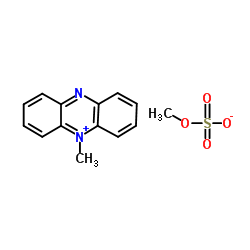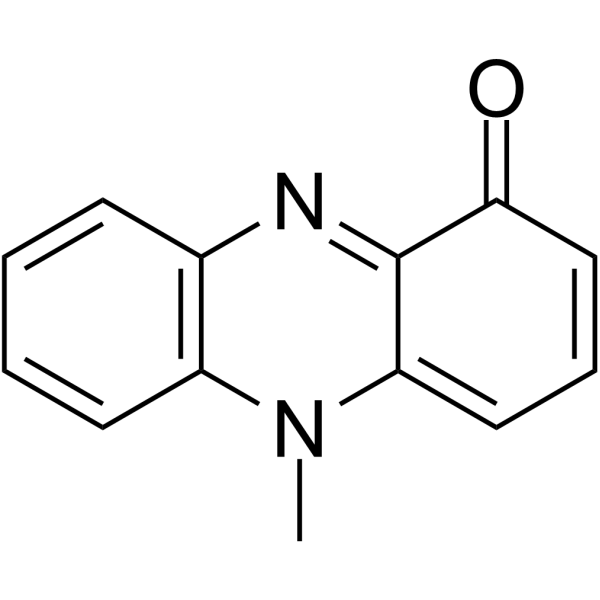| 结构式 | 名称/CAS号 | 全部文献 |
|---|---|---|
 |
三硝基甲苯
CAS:118-96-7 |
|
 |
5-甲基吩嗪硫酸甲酯
CAS:299-11-6 |
|
 |
綠膿素
CAS:85-66-5 |
|
 |
吩嗪硫酸乙酯
CAS:10510-77-7 |